Ideas for Making Money by Sewing at Home. Can you earn money by sewing at home? Is it possible to contribute to the family income? Can I become a fashion designer?

What is the place of clothing and dressing in human history? How did the first clothing come about?
What have people used to make clothes?
Dear friends and ladies, along with ideas for earning money by sewing at home, I wanted to prepare an article sharing what I’ve read and noted about dressing from the history of humanity to the present day.
Making money by sewing at home is indeed possible, and gender is not a barrier to sewing. There are plenty of magnificent male tailors who make amazing stitches. I specifically mentioned this part to emphasize that articles or conversations about making money by sewing often assume that sewing is a women’s job, or even view this magnificent craft as a responsibility imposed on women at home.
In conclusion, anyone, regardless of gender, can be a craftsman. It can be developed as a profession, and with perseverance and determination, you can even become a fashion designer, a factory owner employer, or a sought-after tailor who takes measurements for custom-made clothing. There are examples of individuals who started in a corner of their homes and built empires, albeit in different sectors. To be one of them is certainly not an unrealistic dream.
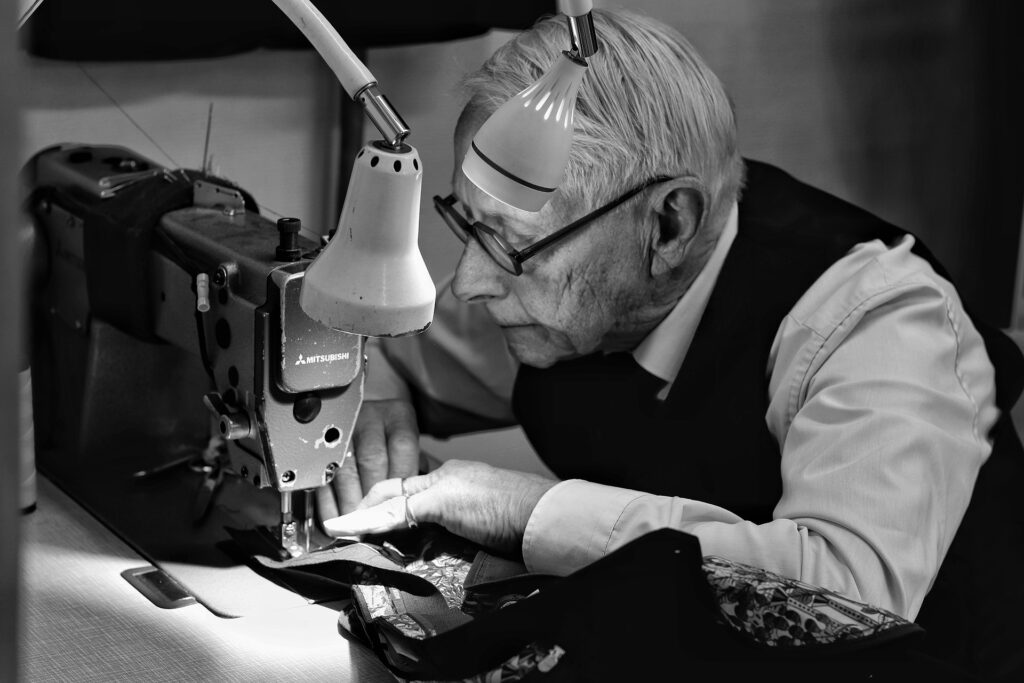
Every profession sparks curiosity within itself, teaching the fascinating evolution and history of machines. Tailoring is no exception in arousing such curiosity. For instance, consider a mechanic working on a 2024 model vehicle who becomes intrigued by the history and development of wheeled vehicles. This curiosity leads them to research the origins of the first wheeled vehicles and ponder over their evolutionary timeline. Such an example illustrates how even in modern times, professionals in diverse fields find themselves drawn to explore the rich history and remarkable advancements of their respective industries
Throughout human existence, clothing has been worn not due to contemporary fashion, but rather for self-protection. Although anthropologists cannot pinpoint an exact date for this practice, it is believed that humans began using clothing to shield themselves from environmental factors such as rain, cold, and heat. Even before the transition to settled life, one can deduce that what was initially used to cover up during cool nights on hot summer days gradually evolved into clothing.
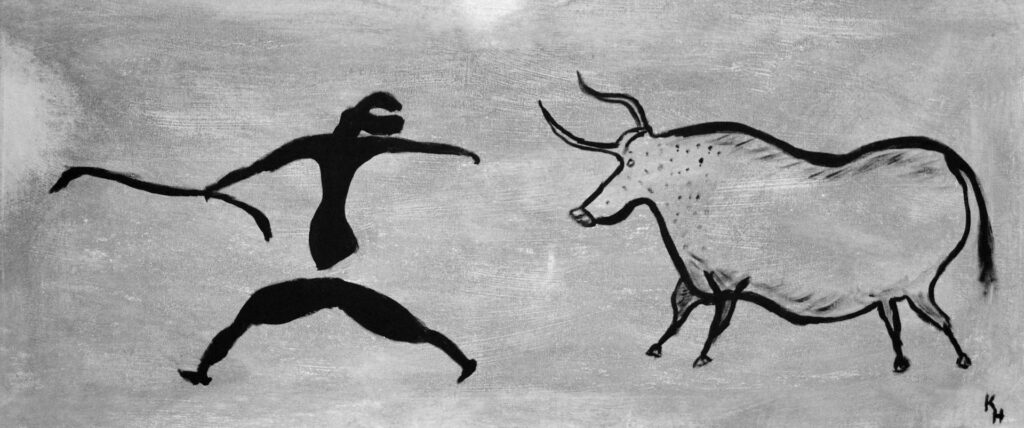
Humans initially used animal skins, wool, felts, grasses, and leaves as their first garments. Similar to how animal intestines were used as surgical thread, they utilized animals and plants for clothing.
Over time, they learned to weave with fibrous plants, dyeing and joining pieces together. Seashells, stones, and animal bones also found their place in clothing. From clothing that began with animal skins, grasses, and leaves to reaching the modern-day Skinny Jean, clothing has played a role in defining various statuses throughout history.
In the Roman era, clothing symbolized elegance, while trousers were referred to as barbarian attire. There was also a war in this long journey of clothing. The production of fabric used in garments (the spinning jenny) led to the proliferation of slavery in America and later to the Civil War. The adventure of the sewing machine began in the mid-1770s and continues to develop to this day with the idea of being more practical, faster, and smarter, producing superior models.
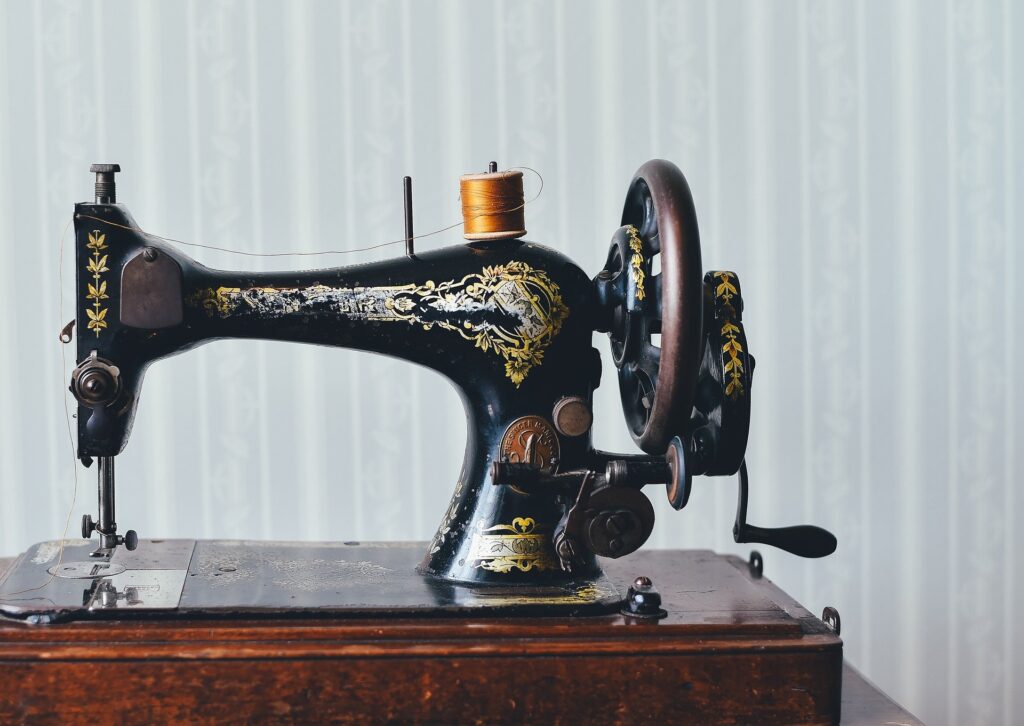
Today, there are many types of fabrics available, whereas only leather and furs have survived from the past. In some European countries, there are environmentalists who throw balloons filled with paint at those wearing leather/fur. The impossibilities of prehistoric humans are now considered luxuries, with the use of animal skins and furs being seen as unnecessary displays of extravagance and cruelty not accepted by environmentalists, nature enthusiasts, and animal lovers.
Starting with a foundation will be crucial for you to make sense of what you watch and learn. While it’s possible to earn money by sewing from scratch, it will take considerable time and require patience. The key points will be the areas where you get stuck.
Now, let’s talk about earning money from home. Not adhering to the discipline of working outside while sewing at home can be one of the problems you encounter. Creating a schedule with specific times and days, like a salaried worker, and sticking to this plan will both motivate you and help you maintain order.
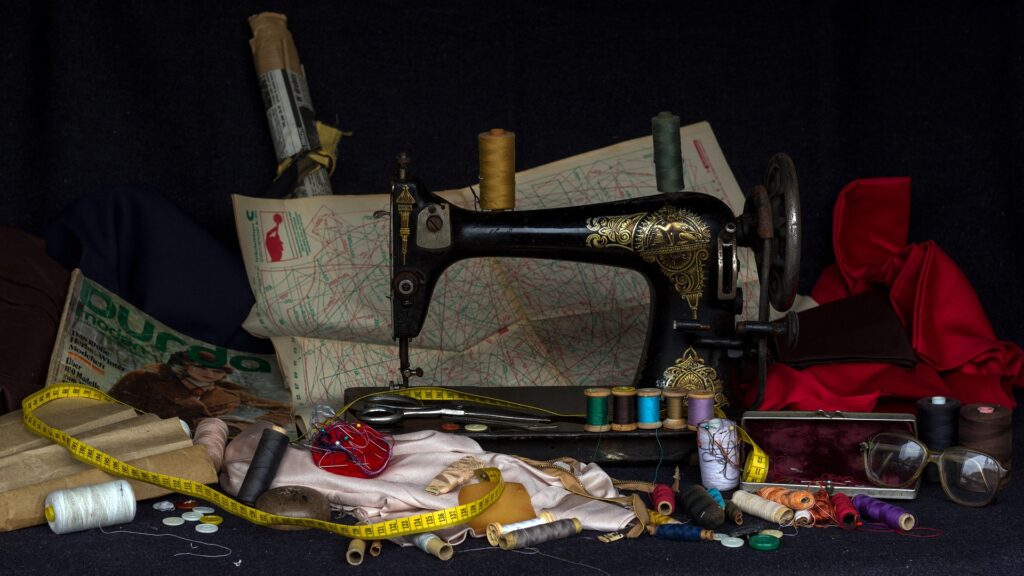
Starting with a mid-quality machine is suitable for sewing at home. If you have set progression goals based on your financial means, you can start with a high-quality machine. Understanding a sewing task without a machine through training is not possible. Having a sewing machine is essential to start practicing. Now, with a clear plan in mind, we can start sewing or develop our plan.
Let’s talk about education. After foundational training, you’ll need ongoing education and details to sew for money. For this, you’ll need a space where you can find and keep up with current instructional materials. Canan SEYMAN’s uploaded videos can be a good tutorial for you.
You can watch the videos I uploaded below, thinking that these stitches are coming from my hands.
By clicking on the image, you can subscribe to the YouTube account and follow the latest sewing videos.
Making Money
Without covering the cost of our sewing machine and the threads, needles, and other materials we’ll need, we won’t make a profit. Therefore, while our education continues, we can do small-scale jobs. Letting people know that you do minor repairs like fixing small tears or holes in their clothes can be the first trickle of income. Repairing seams that have come undone under the arms or at the seams of pants are repair jobs. Being in contact with dry cleaners and clothing stores in your area can help you start making small profits in repair work.
We’re getting our education, but what can we do for our first sale? First, it’s best to choose products with simple sewing. Cloth bags that have emerged for permanent use due to the charging for plastic bags are quite suitable for simple sewing. You can reach people who retail to grocery stores and markets in your familiar environment and sell your cloth bags.
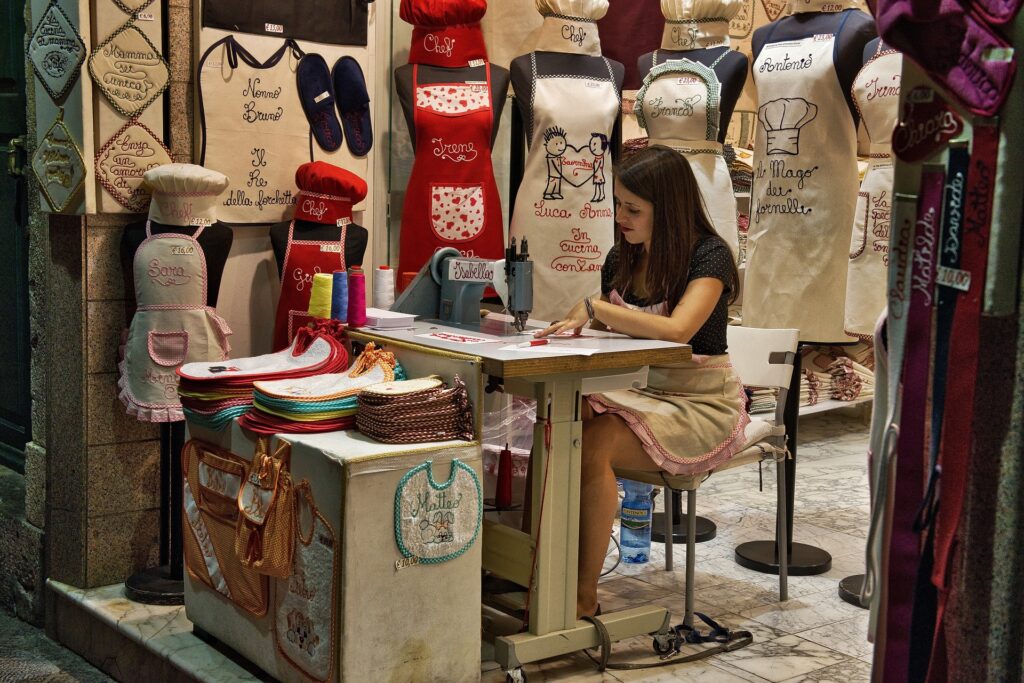
Apron.
When we say apron, don’t just think of home kitchens. Butchers, cafeterias, dining halls, and even street vendors also use aprons. Sewing aprons in different colors according to demand with white fabric you’ll obtain passes as one of the simplest sewing tasks for starters.
Again, you can sell aprons using your surroundings, get them printed, and make a profit. Sewing items like pillowcases and tablecloths require minimal effort and can be made with few materials (soap, pins, measuring tape, scissors, threads). As you gain speed and become more proficient with your machine, obtaining patterns and other tools and accessories will be enjoyable.
Note: This text is written based on personal observations and conversations with people who earn income. Greetings and best wishes! 🙂




